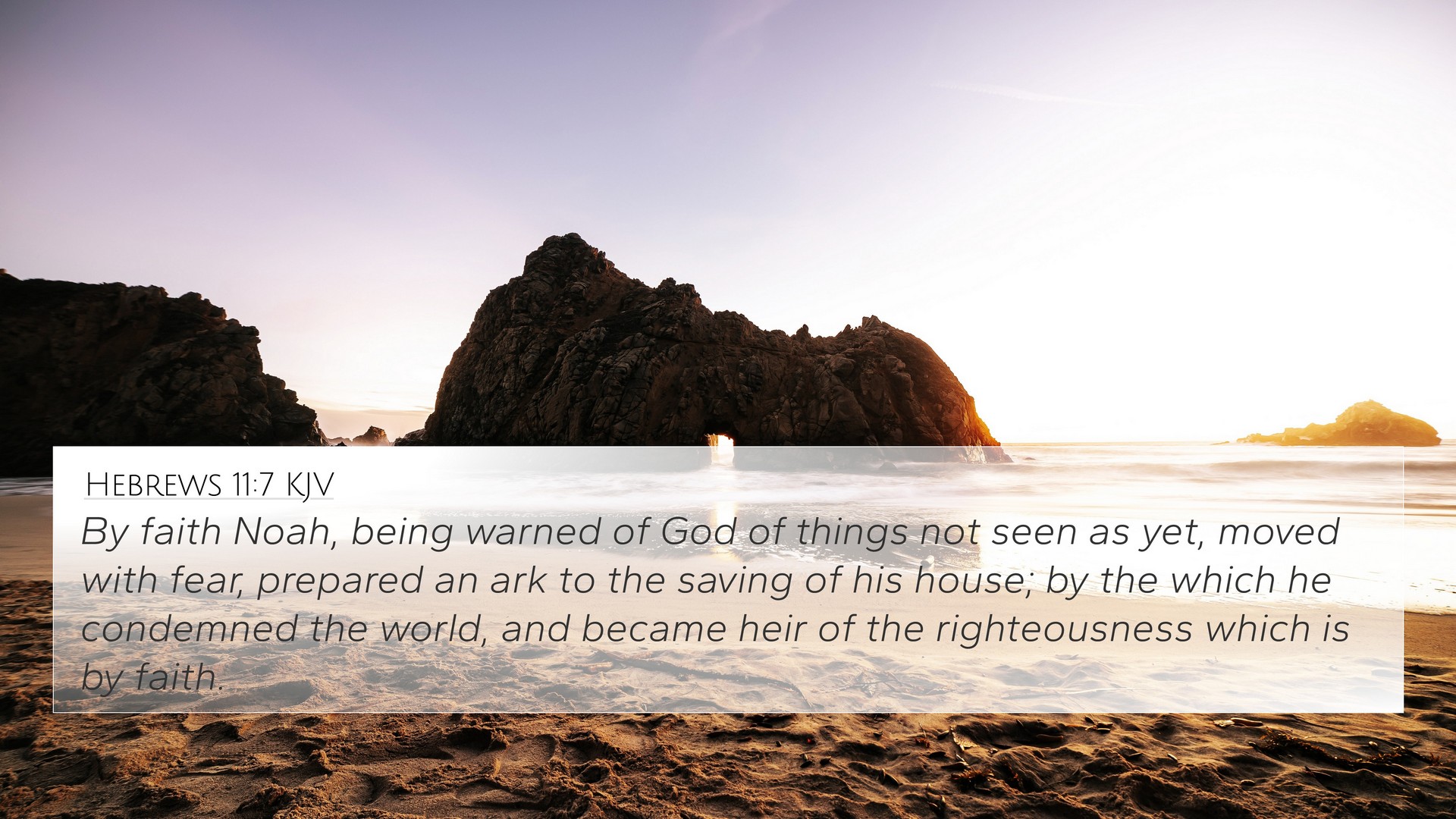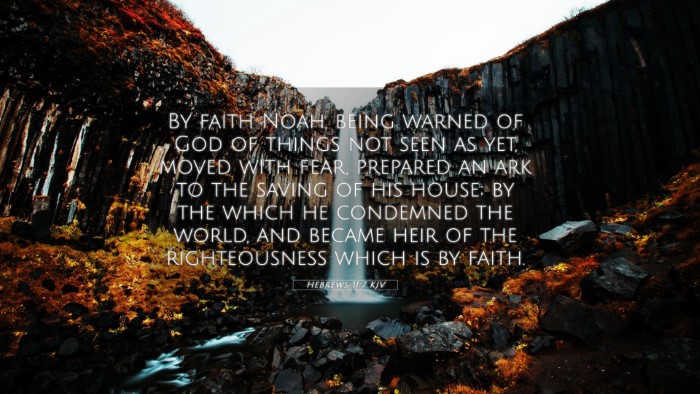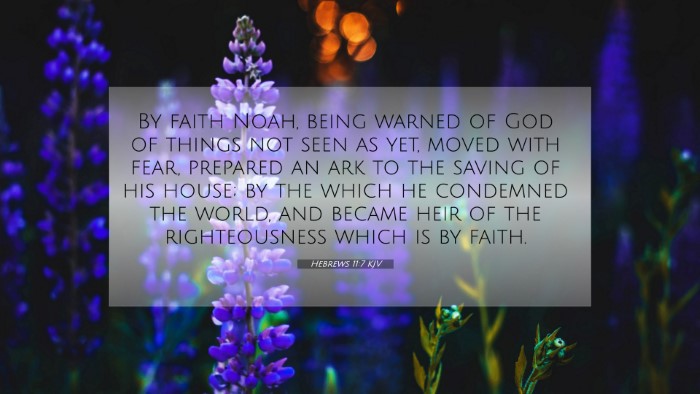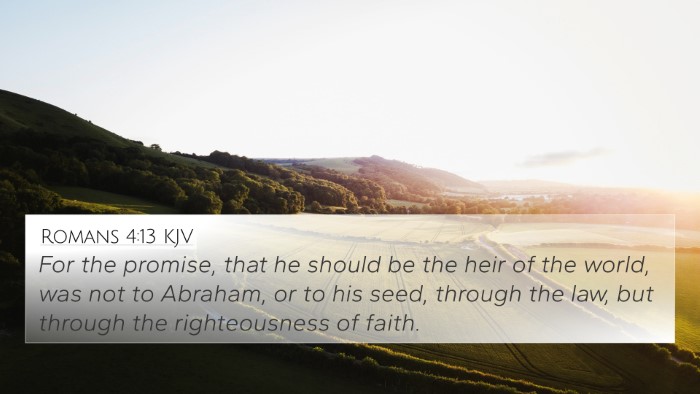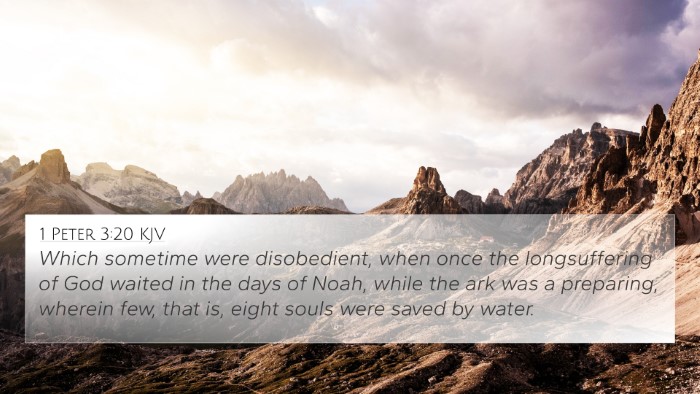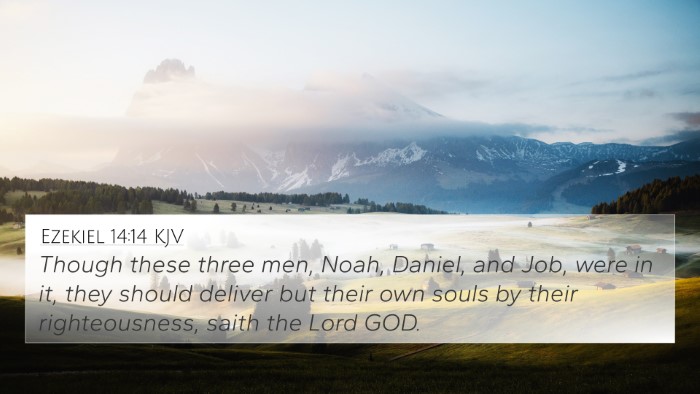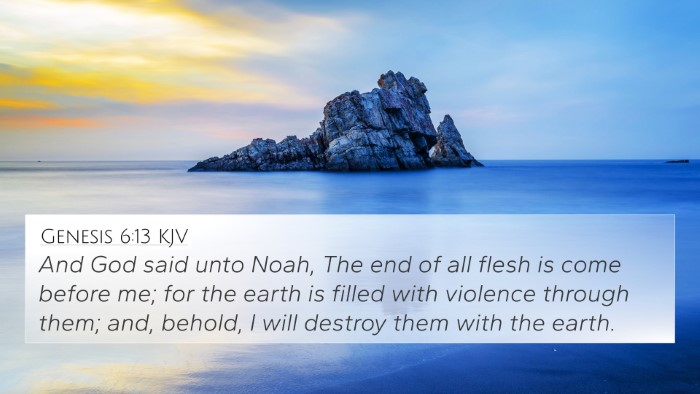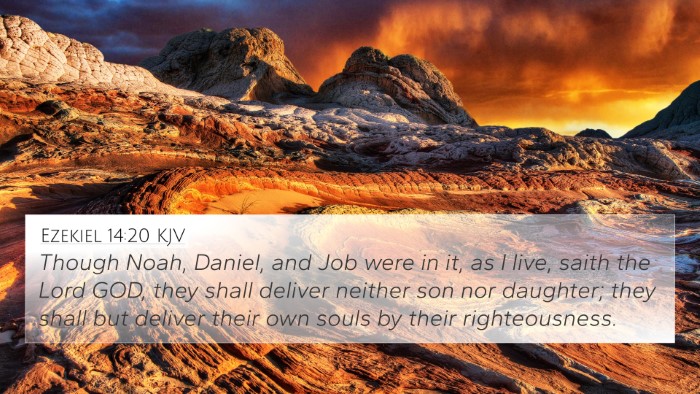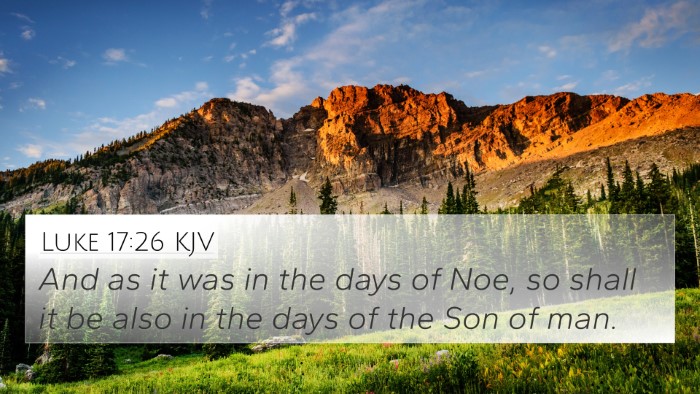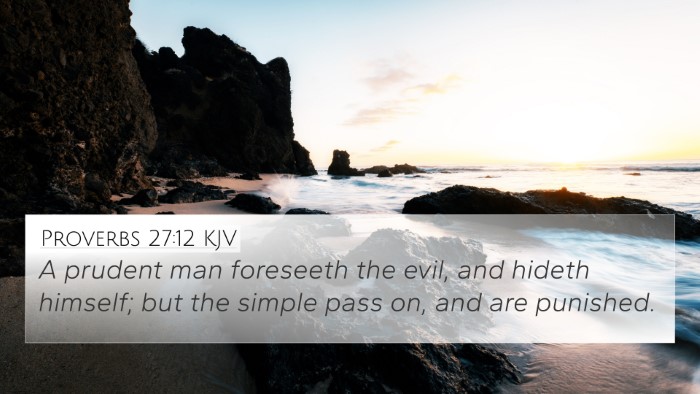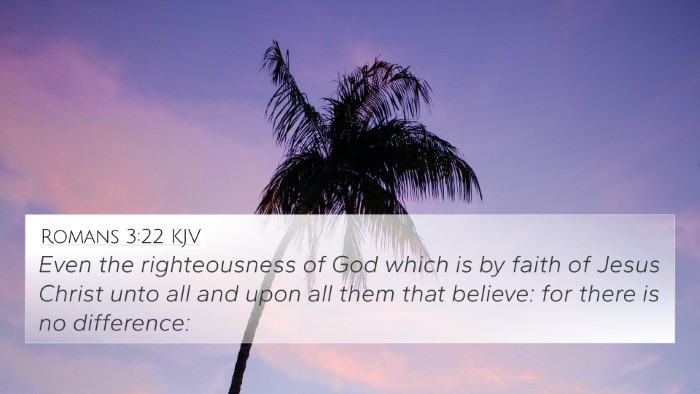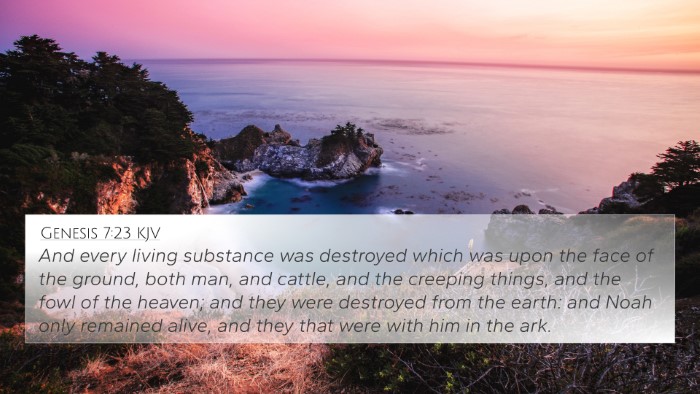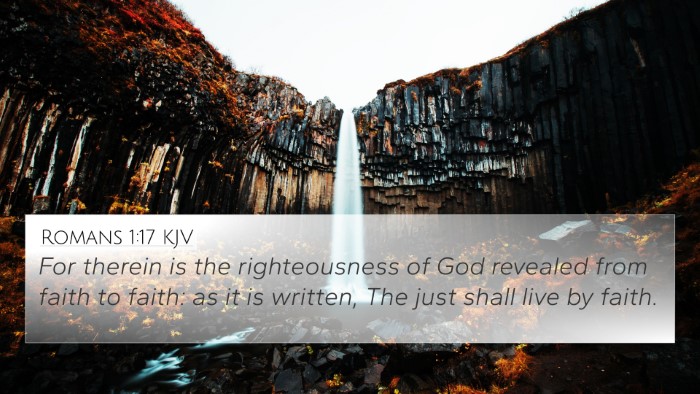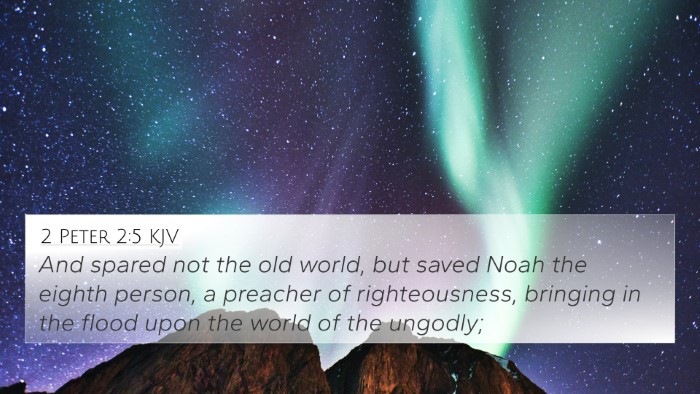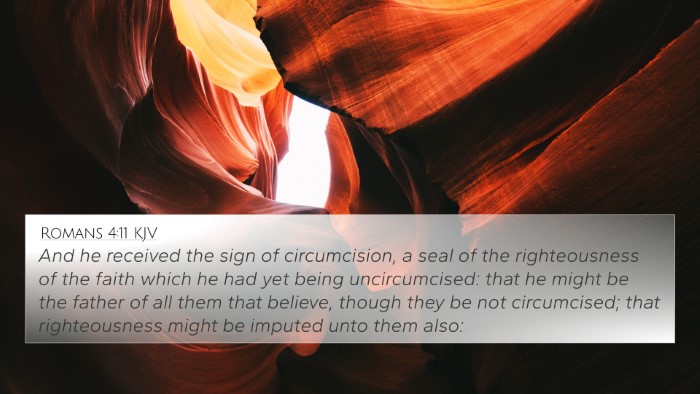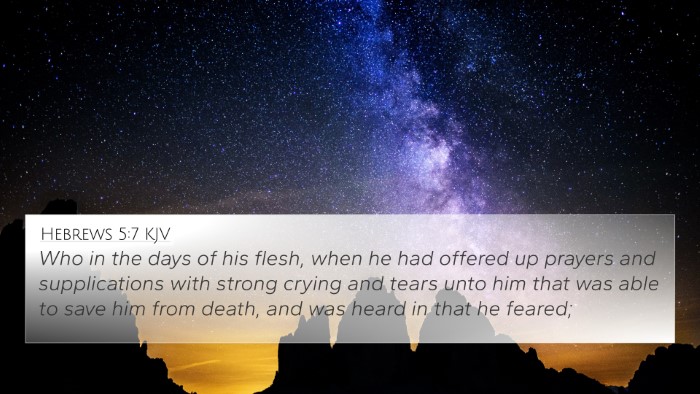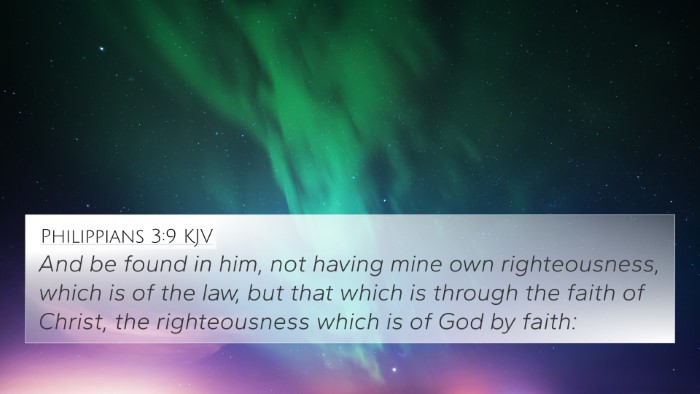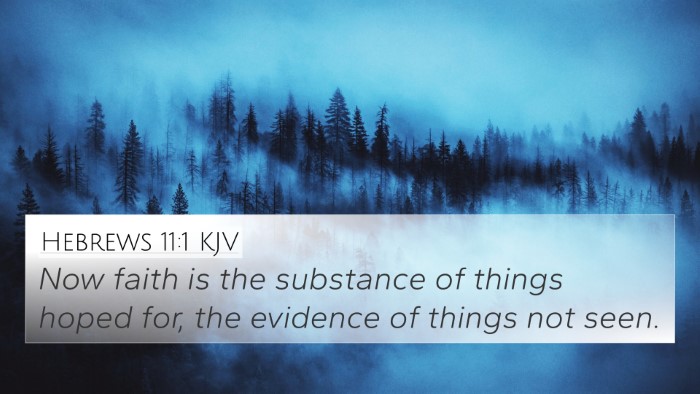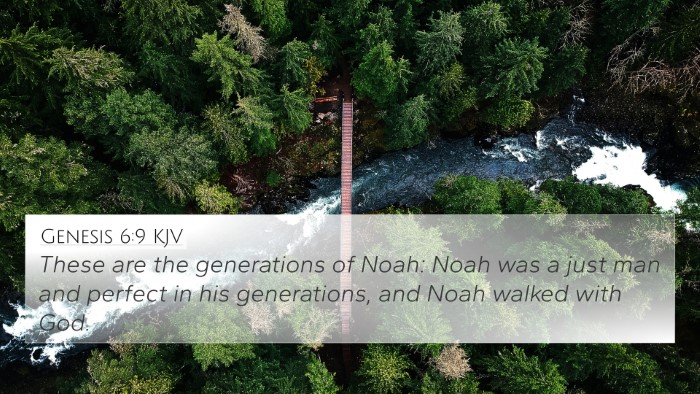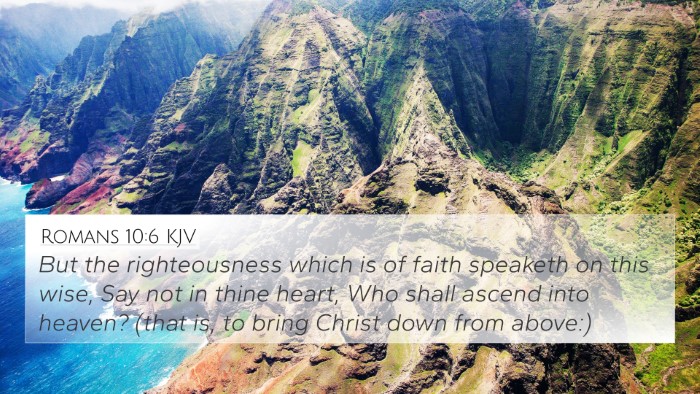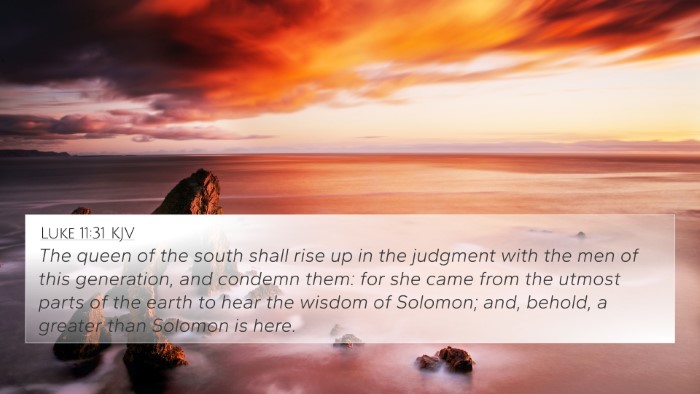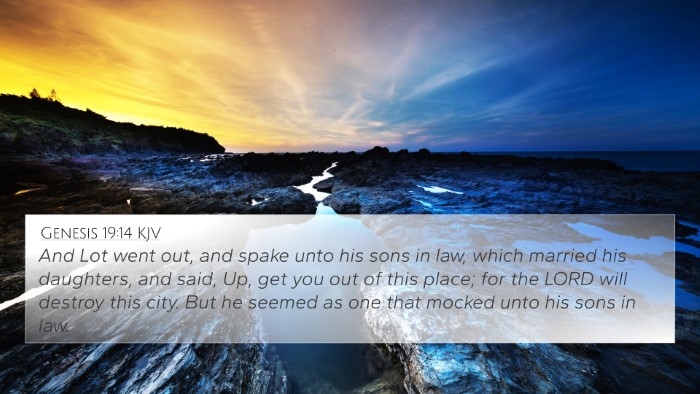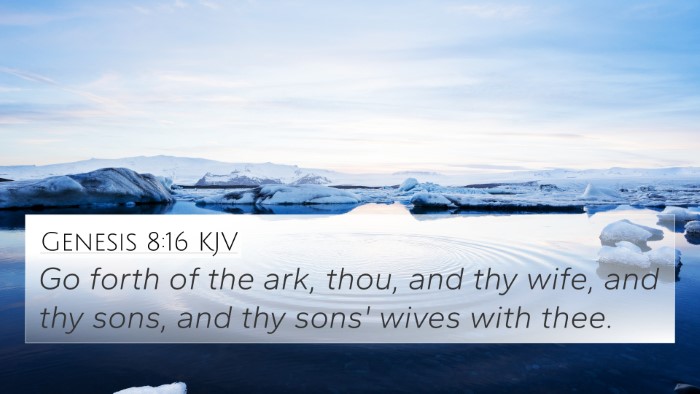Understanding Hebrews 11:7
Hebrews 11:7: “By faith Noah, being warned of God of things not seen as yet, moved with fear, prepared an ark to the saving of his house; by the which he condemned the world, and became heir of the righteousness which is by faith.”
Summary and Meanings
This verse highlights the profound faith of Noah, a pivotal figure in the Biblical narrative, particularly in relation to God's covenant and the impending judgment through the flood. It emphasizes the themes of faith, obedience, salvation, and condemnation, providing a rich tapestry for comparative analysis and thematic connections within Scripture.
Faith and Preparedness
Matthew Henry elucidates that Noah's faith was evident in his actions; despite not having seen the judgment to come, he acted on God's warning. This demonstrates how true faith often requires action and preparation, even in the absence of visible evidence. Similarly, Adam Clarke notes that Noah’s fear wasn’t a mere dread but a reverent awe that propelled him to fulfill God's command.
Condemnation of the World
Noah's construction of the ark, as Albert Barnes points out, served a dual purpose: it was an act of salvation for his family and simultaneously a condemnation of a wicked world that chose to ignore God’s warnings. Here, we see an intriguing connection between obedience and the subsequently revealed judgment—illustrating the stark contrast between the righteous and the unrighteous.
Heir of Righteousness
The verse concludes by noting that Noah became an “heir of the righteousness which is by faith.” This notion, enriched by insights from the aforementioned commentaries, ties back to the overarching theme of faith throughout Hebrews and supports the principles found in Romans 4:3 and Galatians 3:6-9, where Abraham's faith is similarly accounted for righteousness. This establishes a deep inter-Biblical dialogue about faith’s role in righteousness.
Cross-Referenced Insights
This verse can be linked to numerous related Scriptures that deepen the understanding of faith and God’s covenant. Below are some significant cross-references:
- Genesis 6:13-22 - Details the account of God's warning to Noah.
- 2 Peter 2:5 - Refers to Noah as a preacher of righteousness.
- Matthew 24:37-39 - Jesus likens the days of Noah to the coming of the Son of Man.
- Hebrews 11:1 - Introduces the definition of faith that underpins Noah’s actions.
- James 2:26 - Discusses faith being perfected by works, reflecting Noah’s preparedness.
- Ephesians 2:8-9 - Highlights grace through faith, echoing Noah's position as an heir of righteousness.
- Revelation 3:10 - Promises to keep believers from the hour of trial, paralleling Noah's preservation through the flood.
Thematic Connections
The narrative of Noah not only underscores individual faith but also prompts broader thematic explorations across Scripture regarding righteousness, judgment, and redemption. As one examines various Bible verse parallels, additional layers of understanding of faith and divine justice emerge. Notably, the connections between the Old Testament accounts of Noah and the New Testament teachings on faith create a framework for cross-referencing Biblical texts.
Exploring Tools for Cross-Referencing
Utilizing resources such as a Bible concordance or a Bible cross-reference guide can enhance one’s study on these themes. They provide pathways to discover how various Bible verses relate to each other, identifying links between prophetic declarations and their fulfillment in the New Testament.
Inter-Biblical Dialogue
The story of Noah invites readers to explore the inter-Biblical dialogue between meaningful scriptural themes. By analyzing these connections, one may find practical applications for today and see the cohesive narrative of faith throughout the scriptures.
Conclusion
Hebrews 11:7 serves as a critical verse in understanding the nature of faith and God's divine promises. By utilizing comprehensive tools for Bible cross-referencing, the believer can explore the depths of faith's portrayal throughout the Bible, establishing a rich framework for both personal reflection and group study.
